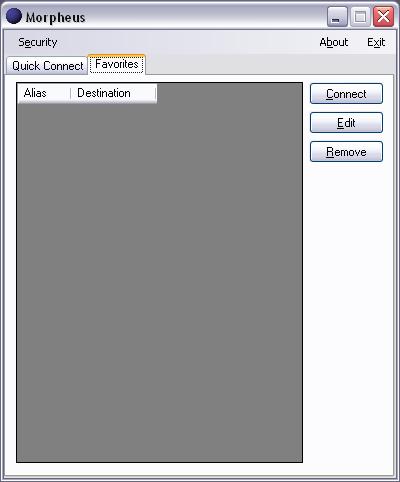Software Releases - libfko and morpheus-fwknop
29 July, 2009
 This past week one a good one for Single Packet Authorization with two software
releases. First, an initial version of libfko, the
all C implementation of SPA developed by Damien Stuart can be
downloaded
along with documentation.
The libfko library allows other programs to easily implement the SPA
protocol, and a new C client is bundled with fwknop-c-0.62 as well as a
new perl module "FKO" that implements a perl XS extension of libfko
functions. Once the fwknopd server piece is also developed (a new
replacement fwknop C client is included, but not a replacement for
fwknopd yet), the libfko code will allow SPA to easily be extended to
systems where perl is either not installed or cannot be run (due to
hardware constraints such as small routers running OpenWRT).
This past week one a good one for Single Packet Authorization with two software
releases. First, an initial version of libfko, the
all C implementation of SPA developed by Damien Stuart can be
downloaded
along with documentation.
The libfko library allows other programs to easily implement the SPA
protocol, and a new C client is bundled with fwknop-c-0.62 as well as a
new perl module "FKO" that implements a perl XS extension of libfko
functions. Once the fwknopd server piece is also developed (a new
replacement fwknop C client is included, but not a replacement for
fwknopd yet), the libfko code will allow SPA to easily be extended to
systems where perl is either not installed or cannot be run (due to
hardware constraints such as small routers running OpenWRT).
fwknop-c follows the standard autoconf method of installing open source software, so just:
$ ./configure --prefix=/usr && make
$ su
# make install
The new fwknop-c client can be found at /usr/bin/fwknop once you have
installed per the above, and all important options are supported
similarly to the perl fwknop client. So, the familiar commands like:
$ fwknop -A tcp/22 -R -D <host_or_ip>
should work just the same. A few of the command line arguments have
been changed in the C version, and by default the output on stdout is
reduced (just use -v to change this).
Second, a new project called morpheus-fwknop was developed and released by Daniel Lopez. This project is a Windows UI written in .NET to send SPA packets that fwknopd can decrypt. With morpheus-fwknop, there is no need to install Cygwin in order to access services protected by SPA from Windows. This is the first viable UI to succeed Sean Greven's UI developed in Delphi (which still works too!), and morpheus-fwknop is released under the GPL. Naturally, source code can be downloaded, and here are two screenshots that show the look and feel:

 It is excellent to see work going on in the world of user interfaces to fwknop
and SPA. Without an effective UI on Windows, a large user base is effectively
cut off.
It is excellent to see work going on in the world of user interfaces to fwknop
and SPA. Without an effective UI on Windows, a large user base is effectively
cut off.




